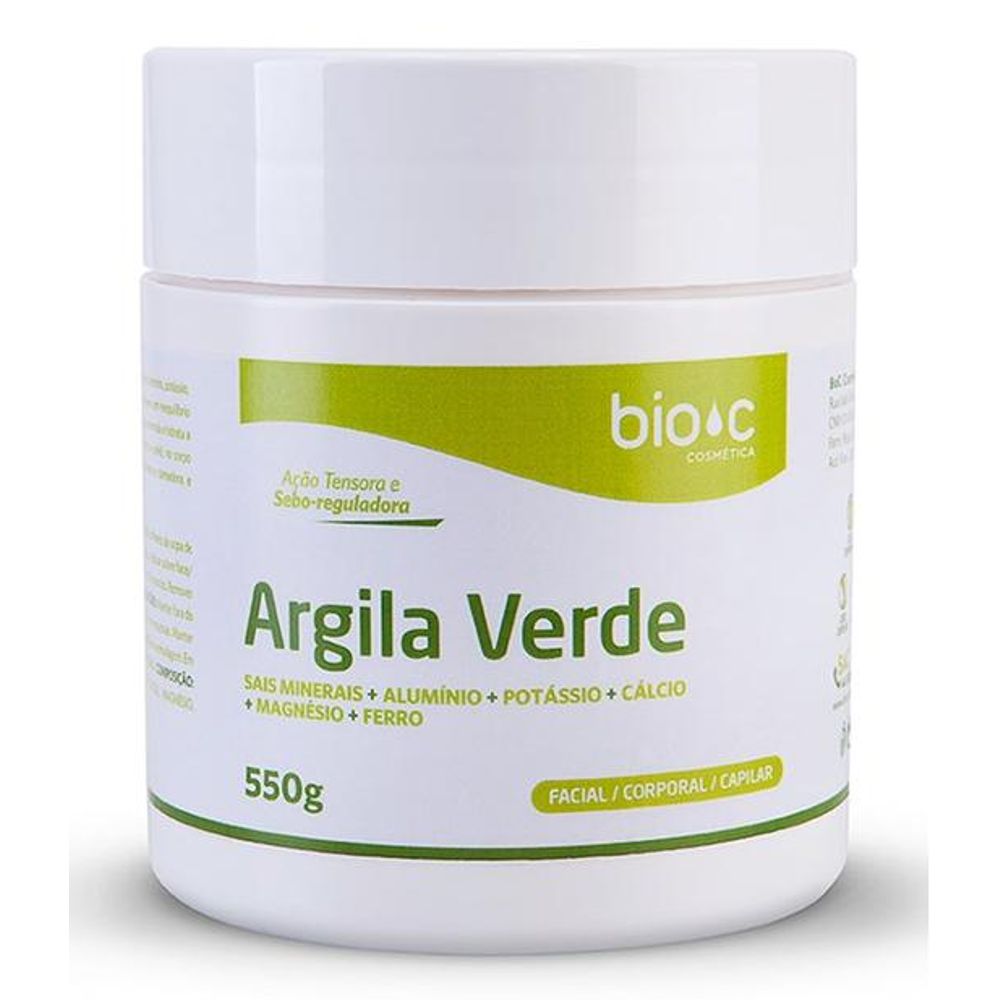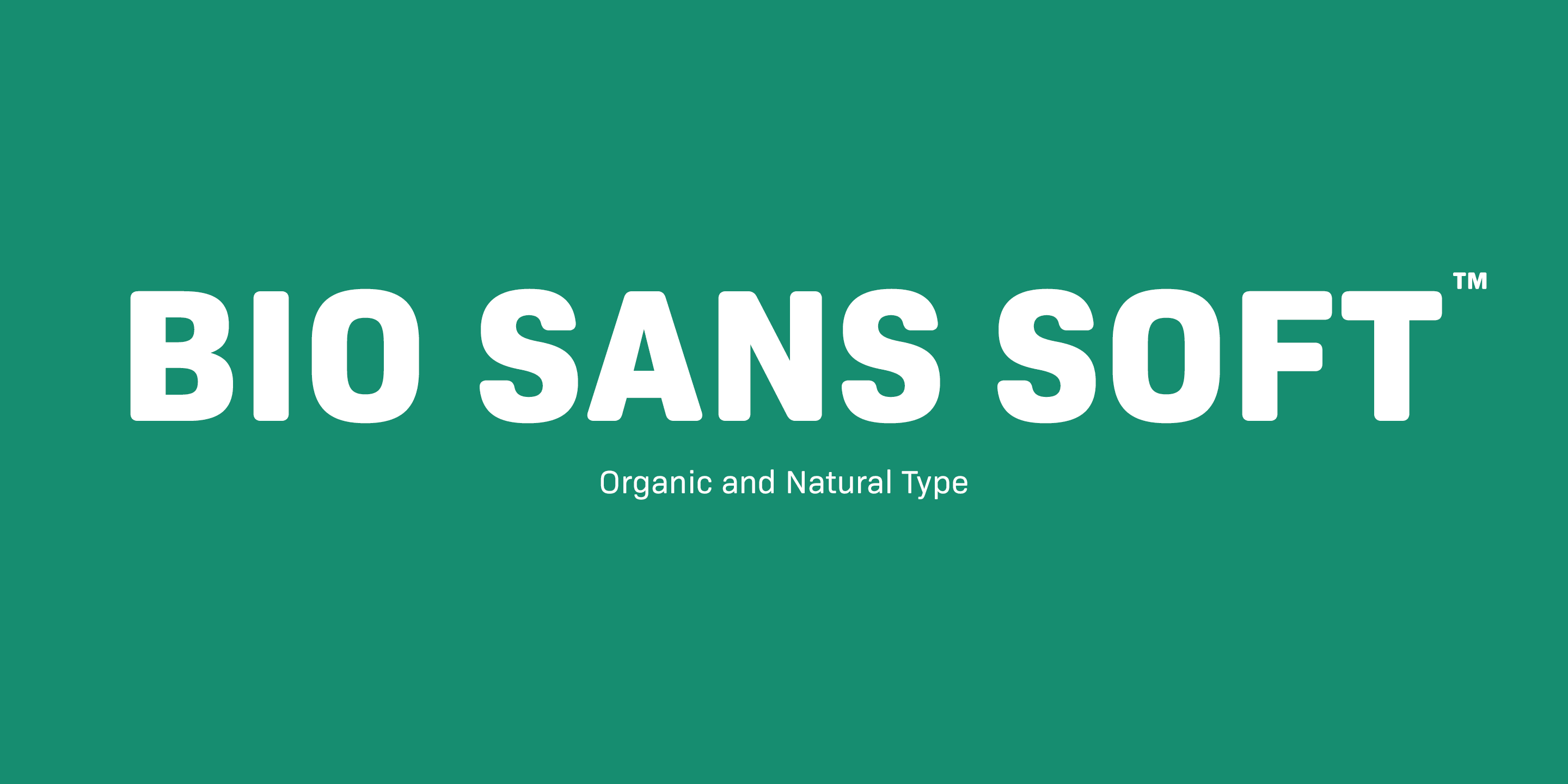
A more plausible explanation for the origin of cheesemaking using rennet is that Neolithic herders would have been well aware that the stomachs of kids, lambs, and calves, which were slaughtered or died naturally, were filled with coagulated milk thus providing ample opportunity to establish an association between the stomach, milk coagulation, and cheese curd ( Kindstedt, 2012). This scenario seems unlikely as it presupposes that the milk-drinking nomad was lactose-tolerant ( Kindstedt, 2012).

In transit, the rennet from the stomach transformed the liquid milk into curds and whey, a process that made cheese what it is today: a nutrient-rich food that transports well and can be kept for years ( Dunn, 2010 Tamime, 1993). Legend has it that the first use of rennet can be traced back to a traveler who, transported milk inside a vessel made from a dried calf or lamb stomach. Milk stored in ceramic pots would have fermented quickly and coagulated spontaneously rendering the cheese or curd digestible by lactose-intolerant adults.

Analysis of organic residues from pottery shards from the archaeological strata of 6500–6000 BC showed the presence of processed dairy products, probably cheese and butter or ghee, in ceramic pots ( Kindstedt, 2012). By 6500 BC substantial shifts from meat to milk production occurred in western Anatolia which coincided with the discovery of pyrotechnology and the production of ceramics. Chymosin (formerly known as “rennin” and not to be confused with renin, EC 3.4.23.4, an enzyme in the kidney) is commercially important for cheesemaking, a process which dates back to ∼6000–7000 BC when widespread domestication of sheep and goats occurred throughout the Fertile Crescent although initially animals were probably raised for meat and not milk production as adult lactose intolerance was almost universal ( Kindstedt, 2012).

The neonatal stomach of most, but not all, species secretes a special gastric aspartyl proteinase, chymosin, to induce coagulation. Fox, in Cheese (Fourth Edition), 2017 ChymosinĪs far as is known, the milk of all species coagulates in the neonatal stomach to increase the efficiency of digestion and to spread the ingestion of milk more evenly. Thus, the chymosins (EC 3.4.23.4) may be characterized as mammalian fetal or neonatal gastric proteinases belonging to the group of aspartic proteases (EC 3.4.23). For many years it was generally assumed that chymosin was restricted to young ruminants, but it has been shown that chymosin-like enzymes are widely distributed among young mammals. Hammarsten, the first to discover a proenzyme, showed that the rennet was secreted and stored as an inactive component, which was activated through the acid of the stomach. Other designations have been historically used ( pexin, chymase). Consequently, Foltmann suggested a return to the original designation in English, chymosin, subsequently adopted by the IUBMB. Lea & Dickinson suggested the name rennin (derived from rennet), which may be confused with renin (EC 3.4.23.15).

The first attempts at isolation of the enzyme were made by Jean-Baptiste Deschamps (1804–1866), a pharmacist in Avallon, and its French name was chymosine (from ancient Greek ‘χυμός’ – khymos, ‘juice’). Cave paintings in the Libyan Sahara (5500–2000 BC) and Sumerian relief and stamp seals (3500–2800 BC) show milk processing and remains of cheese has been found in pots from ancient Egypt (3000–2800 BC). Pal Bela Szecsi, Marianne Harboe, in Handbook of Proteolytic Enzymes (Third Edition), 2013 Name and HistoryĬhymosin, in the form of rennet, has been used by humans for millennia for curding milk in cheese making.


 0 kommentar(er)
0 kommentar(er)
